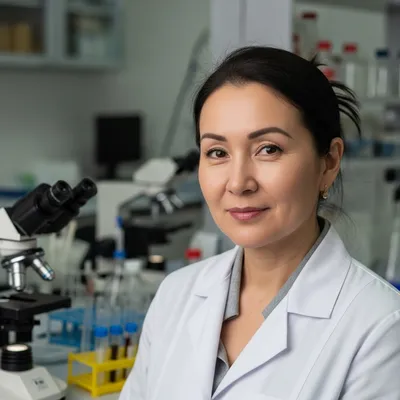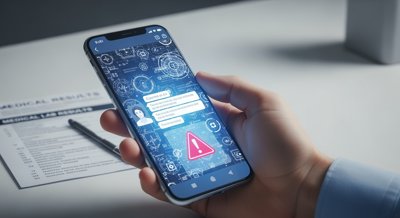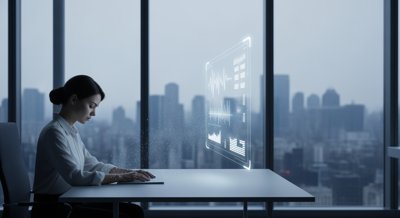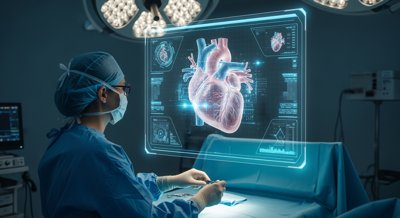🤖 The Art of the Upgrade: A Sane, Scientific Approach to Biohacking for Longevity
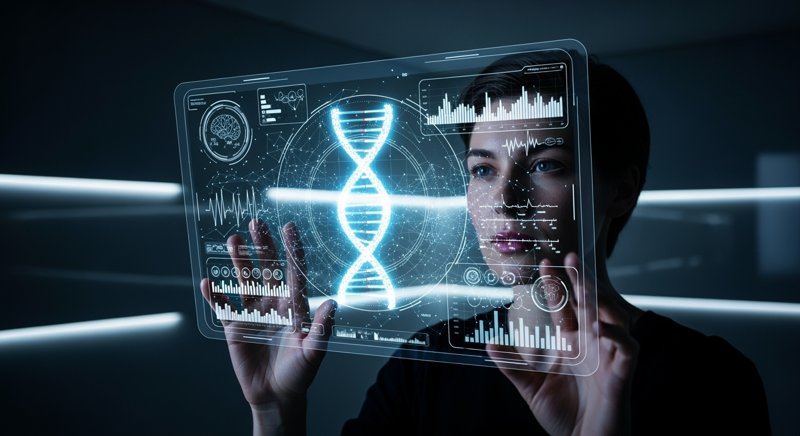
The term “biohacking” conjures images of Silicon Valley executives injecting themselves with unproven substances or tech billionaires boasting about their extreme anti-aging protocols. But if we strip away the hype, biohacking is simply the art and science of becoming the CEO of your own health—using a data-driven, systems-thinking approach to optimize your biology.
The goal is not just to extend lifespan (the number of years you live), but to maximize healthspan (the number of years you live in good health, free from chronic disease). This is a shift from passively accepting the decline of aging to actively upgrading your body’s operating system. A sane, scientific approach to biohacking is built on a foundation of deep self-knowledge and a few powerful, evidence-based principles.
The Core Principle: Hormesis, or “What Doesn’t Kill You Makes You Stronger”
At the heart of many effective biohacking strategies is the scientific principle of hormesis. This is the idea that small, intermittent doses of stress can trigger a powerful adaptive response in your cells, making them more resilient and resistant to aging.
Think of it like a vaccine for aging. A small, controlled challenge (like exercise, fasting, or cold exposure) activates a cascade of protective genes and repair pathways. Your cells respond by strengthening their antioxidant defenses, improving mitochondrial function, and clearing out cellular debris. The key is the dose: the stress must be acute and followed by a period of recovery. Chronic, unrelenting stress, on the other hand, is a primary driver of aging.
The Four Pillars of a Biohacker’s Framework
A successful biohacking strategy isn’t about chasing magic pills; it’s about systematically optimizing the foundational pillars of health.
Pillar 1: Data-Driven Self-Knowledge (“Know Thyself”)
You cannot optimize what you do not measure. The first step in any biohacking journey is a deep dive into your own data.
- Genetic Blueprint: A genetic test provides your body’s “instruction manual,” revealing predispositions to certain conditions and insights into your unique metabolism. This is not a deterministic sentence, but a personalized roadmap for prevention.
- Real-Time Biomarkers: Regular, comprehensive blood tests are your body’s dashboard. Key markers for longevity include:
- Inflammation (hs-CRP): Chronic inflammation is a root cause of most age-related diseases.
- Metabolic Health (HbA1c, Fasting Insulin): Assessing your blood sugar control is critical for preventing metabolic dysfunction.
- Lipid Panel: Understanding your cholesterol is key to cardiovascular health.
- Nutrient Status (Vitamin D, B12, Ferritin): Optimizing your micronutrient levels is low-hanging fruit for improving cellular function.
- Wearable Technology: Devices that track sleep quality, heart rate variability (HRV), and activity provide a continuous stream of data on your body’s response to your lifestyle choices.
Pillar 2: Nutritional Biohacking (Fueling the System)
This is about moving beyond generic dietary advice to a personalized fueling strategy.
- Time-Restricted Eating (TRE): One of the most powerful and accessible biohacks. By compressing your eating window (e.g., to 8-10 hours per day), you give your body a daily period of rest from digestion. This triggers autophagy, a cellular “spring cleaning” process where your cells recycle old, damaged components.
- Nutrient Density: Focus on the quality, not just the quantity, of your calories. A diet rich in colorful plants, high-quality protein, and healthy fats provides the raw materials for optimal cellular function.
- Personalization: Use your genetic and biomarker data to tailor your diet. Do you have a genetic variant that makes you more sensitive to saturated fat? Does your blood work show a need for more magnesium? This is the essence of personalized medicine.
Pillar 3: Movement as Medicine (Programming Resilience)
Exercise is the most potent hormetic stressor we have. The goal is to build a movement practice that promotes metabolic flexibility, preserves muscle mass, and boosts mitochondrial health.
- Strength Training: Preserving muscle is a cornerstone of longevity. Muscle is a metabolic sink for glucose and a reservoir of strength that protects you from frailty.
- Zone 2 Cardio: Long, steady-state cardio (where you can still hold a conversation) is the most effective way to improve mitochondrial efficiency.
- High-Intensity Interval Training (HIIT): Short bursts of all-out effort are a powerful hormetic stressor, triggering a massive adaptive response.
Pillar 4: Rest and Recovery (Running Maintenance)
You don’t get stronger in the gym; you get stronger during recovery.
- Sleep Optimization: Sleep is your master–level biohack. During deep sleep, your brain clears out metabolic waste, and your body engages in profound cellular repair. Track your sleep and ruthlessly protect it.
- Stress Management: Chronic stress is the enemy of longevity. A high-stress life keeps you in a catabolic (breakdown) state. Practices like meditation, breathwork, and time in nature are not luxuries; they are essential maintenance protocols for your nervous system.
The Sane Approach to Supplements
The supplement world is a minefield of marketing hype. A sane biohacker follows a simple rule: test, don’t guess. Supplements should be used to correct a documented deficiency or to achieve a specific therapeutic goal under the guidance of a knowledgeable practitioner.
The Ultimate Biohack: A Shift in Mindset
True biohacking is not about a collection of tactics; it’s about a fundamental shift in your relationship with your own body. It’s about moving from being a passive passenger to an engaged and informed pilot. It’s about cultivating a deep curiosity about your own biology and taking radical responsibility for your health.
The journey begins not with an expensive gadget, but with a simple question: What data can I gather today to make a better decision for my health tomorrow?
Critical Evidence Gap: While biohacking promises significant benefits, it’s important to note that many treatments shown to slow aging in lab animals have not been validated in humans (Cell Metabolism, 2024). Popular interventions like NAD+ IV therapy currently lack evidence for life extension or aging prevention. The field emphasizes measurable biomarkers, yet none are currently validated as clinical endpoints for therapeutic decisions. Consumers seeking biohacking interventions prioritize tangible health benefits—improved function and disease prevention (healthspan)—over abstract biomarker changes.
When using data-driven approaches to track your biohacking progress, choosing the right analytical tools matters. While wellness platforms like InsideTracker integrate DNA and fitness data for optimization, medical-grade AI focuses on clinical precision for working with healthcare providers. Understanding whether you need comprehensive wellness tracking or focused medical analysis helps optimize your biohacking strategy. Learn more about tracking inflammation markers and optimal health ranges.
